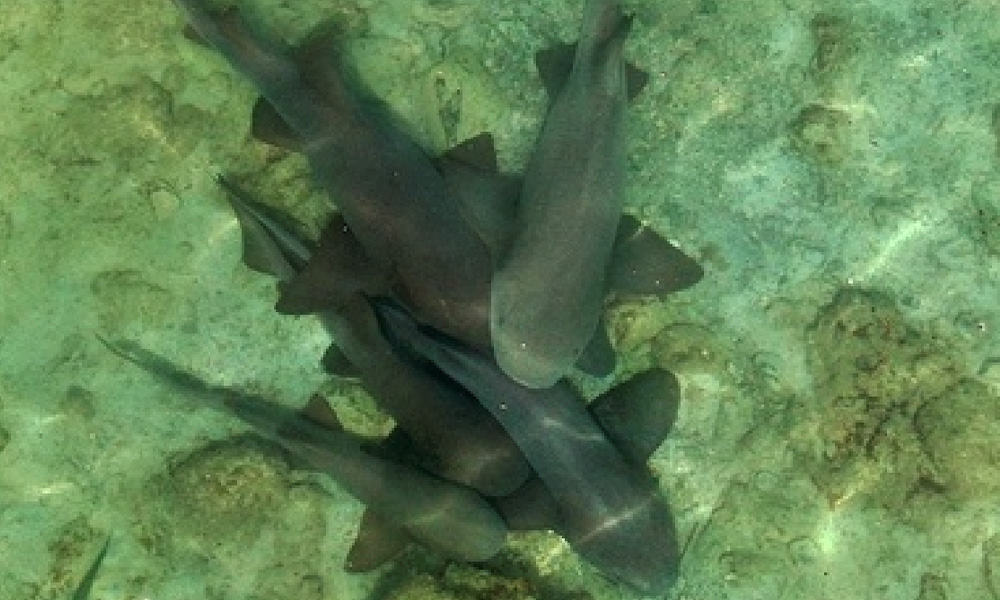Researchers from the Center for Marine Science and Limnology Research at the University of Costa Rica have unveiled the migration patterns of the endangered Pacific catshark (Ginglymostoma unami). This has also shed light on the challenges the species currently faces.
The Pacific catshark, native to the Eastern Tropical Pacific and typically found from southern Mexico to Peru, currently faces a critical threat of extinction, designated as “Endangered” on the International Union for Conservation of Nature (IUCN) Red List. The decline in its populations, largely attributed to intentional or accidental capture in coastal artisanal fisheries, necessitates urgent conservation efforts.
Since 2018, the research center has been employing passive acoustic telemetry to gain insights into the movements and habitat utilization of threatened marine species, including the Pacific catshark. This technique involves tagging the sharks with acoustic transmitters, allowing researchers to monitor their movements over extended periods.
An acoustic-tagged Pacific catshark, a 176 cm male, was detected by an acoustic receiver belonging to the Center for the Rescue of Endangered Marine Species (CREMA) in Rio Bongo, Nicoya Peninsula, approximately 200 km away from its tagging site in Bahía Santa Elena Marine Management Area (MMA) on the northern Pacific coast of Costa Rica. This observation represents the longest movement recorded for the species.
The shark, tagged in May 2019, displayed an astonishing average daily travel distance of at least 19 km. Returning to its original location in Santa Elena Bay in July 2019, it covered a total distance ranging from 390 to 460 km in less than two months. Subsequent data revealed intermittent detections within St. Helena Bay, with the latest recorded in December 2023.
These findings were published in the “Long-distance dispersal of the endangered Pacific nurse shark (Ginglymostoma unami, Orectolobiformes) in Costa Rica revealed through acoustic telemetry” study.
Researchers stressed the Pacific catshark’s capacity to cover extensive distances, potentially venturing beyond the boundaries of marine protected areas like the Bahía Santa Elena WMA. This exposes them to various threats that could further endanger their populations.
As experts anticipate such long-distance movements becoming more frequent, there is a pressing need to identify crucial habitats and corridors for these threatened coastal species. This information is vital to guide conservation efforts and mitigate human impacts, ensuring the survival of the Pacific catshark and similar endangered species in the region.









